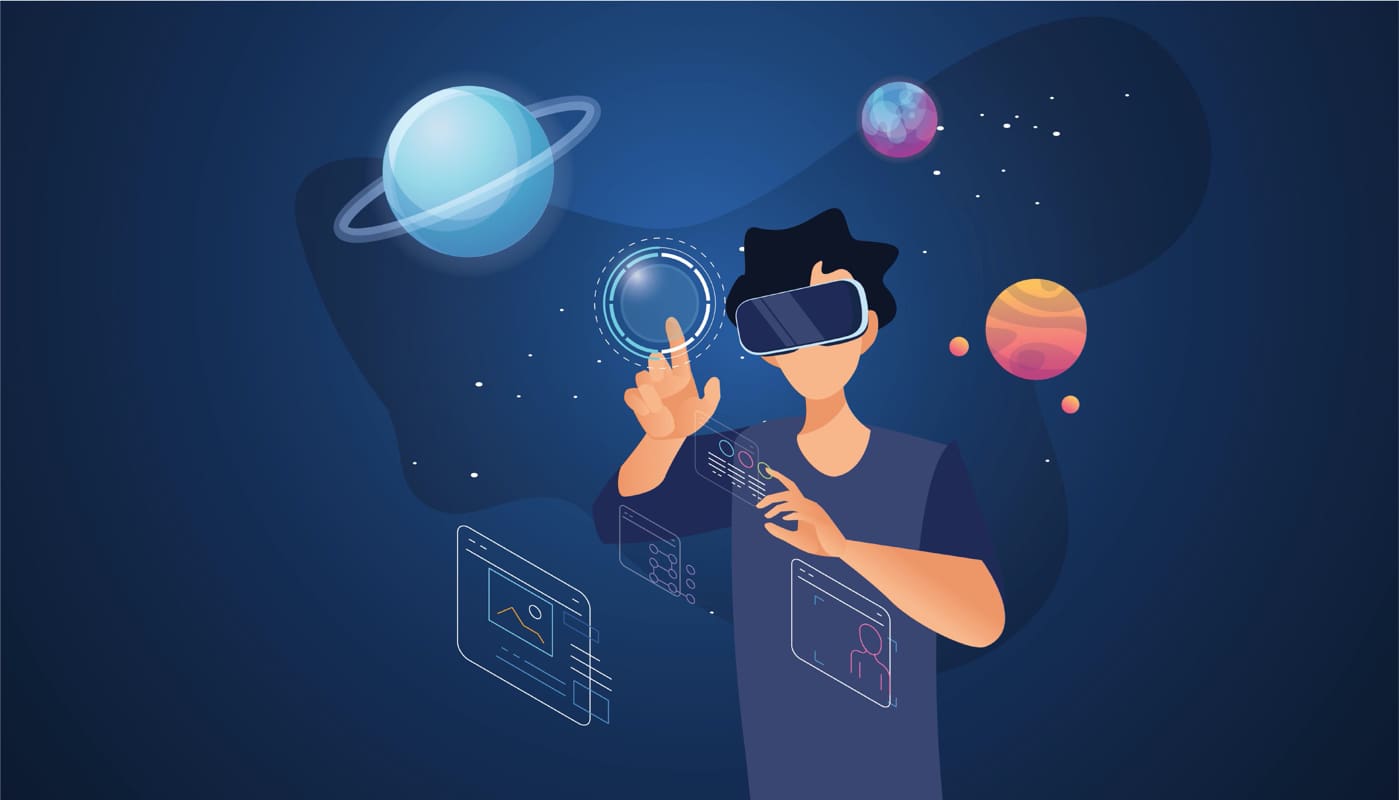What is Virtual Reality and Augmented Reality?
Virtual Reality (VR) is a technology that creates a simulated environment that allows users to interact with digital content in a three-dimensional space. VR is typically experienced through a headset that covers the user's eyes and ears, blocking out the real world and immersing the user in a digital environment.
Augmented Reality (AR) is a technology that overlays digital content onto the real world, enhancing the user's experience of the physical environment. AR is typically experienced through a smartphone or tablet that uses the device's camera and screen to overlay digital content onto the real world.
Virtual Reality and Management Education
VR has the potential to transform management education by creating immersive learning experiences that simulate real-world situations. For example, VR can be used to create simulations of business environments, allowing students to practice their decision-making skills in a safe and controlled environment. VR can also be used to simulate complex scenarios that would be too expensive or dangerous to recreate in the real world, such as disaster response training or high-pressure negotiations.
VR can also be used to enhance the learning experience by providing students with interactive and engaging content. For example, VR can be used to create virtual tours of company headquarters, allowing students to explore the company's operations and culture. VR can also be used to create interactive case studies, allowing students to engage with the material in a more immersive and memorable way.

Augmented Reality and Management Education
AR can be used in management education to enhance the learning experience by overlaying digital content onto the real world. For example, AR can be used to create interactive textbooks that provide additional information about the material. AR can also be used to create interactive diagrams and charts, allowing students to explore complex concepts in a more engaging way.
AR can also be used to enhance the learning experience outside of the classroom. For example, AR can be used to create interactive walking tours of business districts, allowing students to explore the real-world applications of the concepts they are learning. AR can also be used to create interactive scavenger hunts, encouraging students to explore and engage with the material in a more active and engaging way.
Challenges and Limitations
While VR and AR have the potential to transform management education, there are still some challenges and limitations that need to be addressed. One challenge is the cost of the technology, as VR and AR equipment can be expensive to purchase and maintain. Another challenge is the need for specialized knowledge and expertise to create effective VR and AR content.
There are also some limitations to the technology itself. For example, VR can be isolating and disorienting, and it may not be suitable for all students. AR can also be limited by the capabilities of the devices used to access it, as not all smartphones and tablets are equipped to handle AR content.
Conclusion
Virtual Reality (VR) and Augmented Reality (AR) have the potential to transform management education by creating immersive learning experiences that simulate real-world situations and enhance the learning experience. VR and AR can be used to create simulations of business environments, interactive case studies, and virtual tours of company headquarters. AR can be used to create interactive textbooks, diagrams, and walking tours of business districts. While there are still challenges and limitations that need to be addressed, VR and AR are promising technologies that can help prepare students for the challenges of the modern business world.












